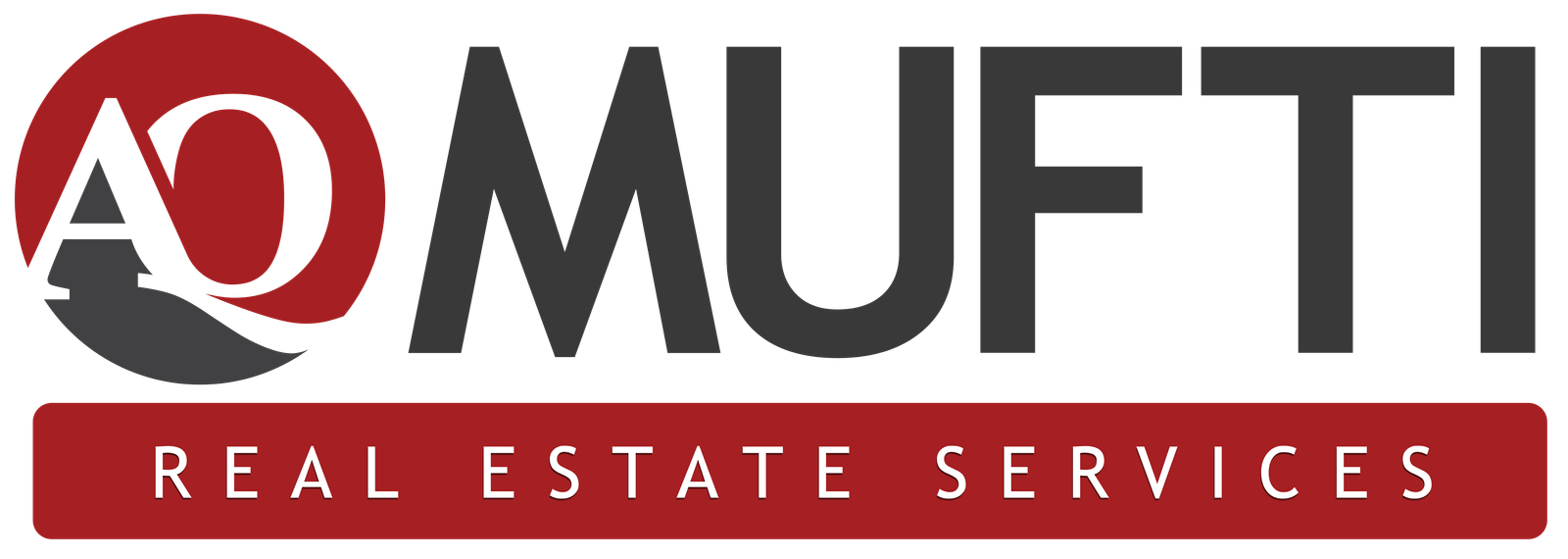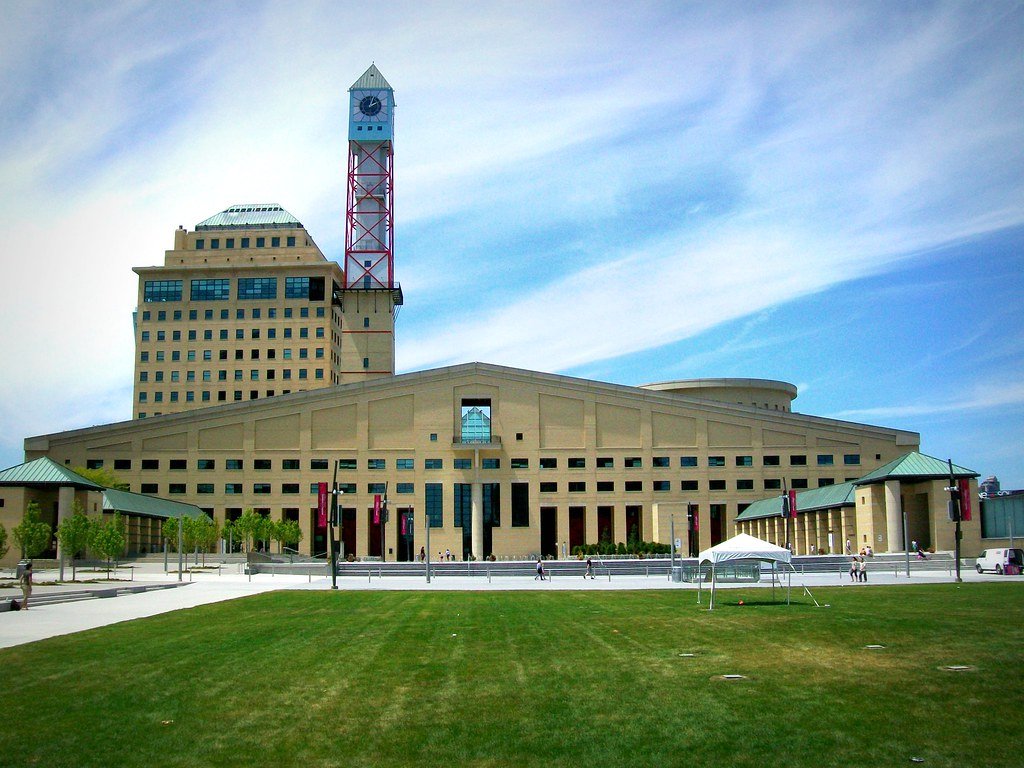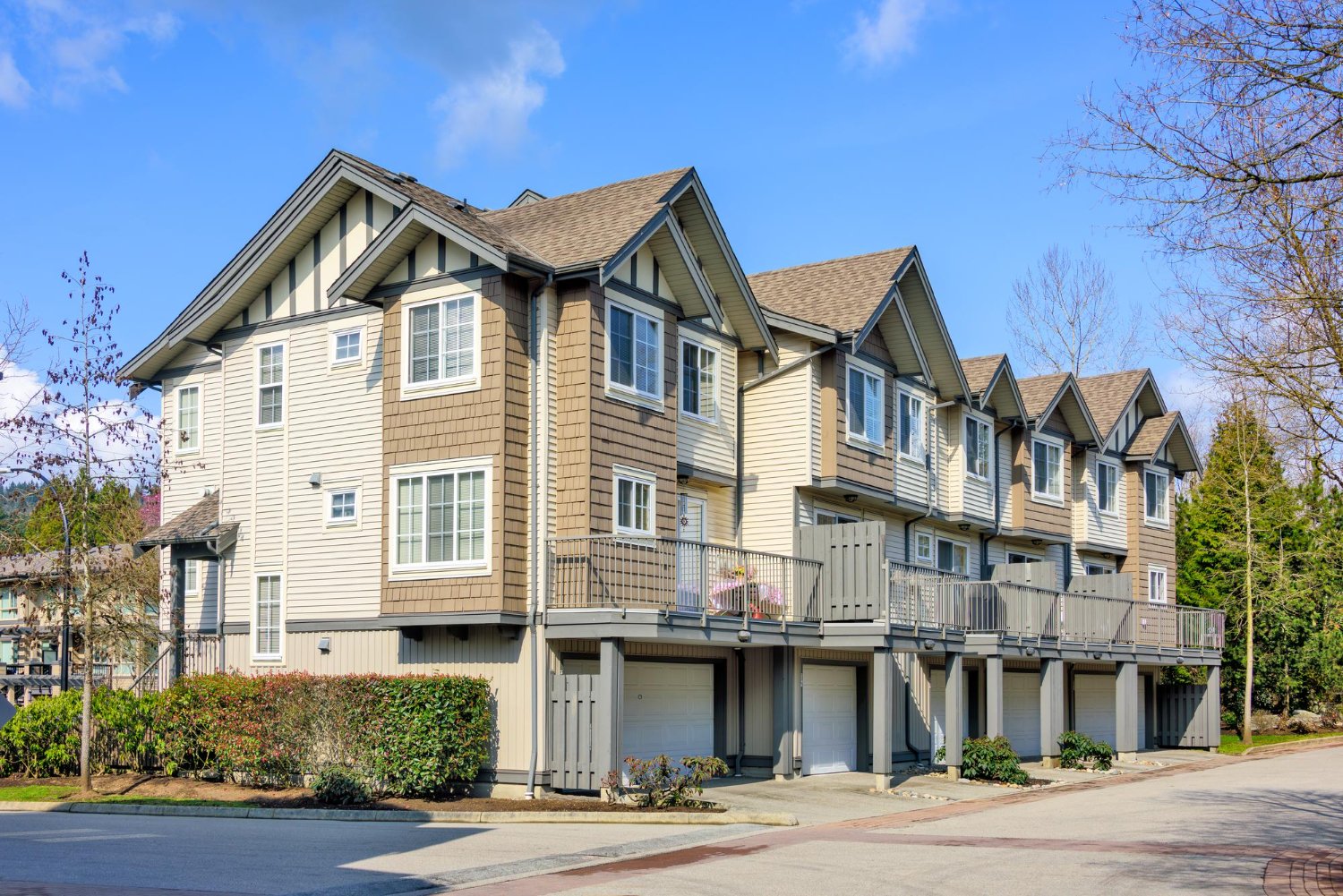Doug Ford Got My Idea, But Not Quite Right. Doug Ford’s Tunnel Proposal is Very Expensive and Would Take Decades to Complete
For years, I have been advocating for a monorail system above Highway 401 and the QEW, offering an efficient, green, and space-saving solution to Ontario’s traffic congestion. Doug Ford got my idea, But not quite right as his tunnel plan misses the mark. The idea of expanding transportation infrastructure is sound, but tunneling under Highway 401 presents enormous financial and logistical challenges.
1. Tunneling: An Expensive and Slow Process
The costs and timelines for underground transportation projects have been prohibitive across North America. A good example is Boston’s “Big Dig” tunnel project, which initially estimated at $2.8 billion, ballooned to over $14.6 billion and took over 15 years to complete, CBC-Article. This project, which aimed to ease congestion in the city, ran into numerous technical difficulties, cost overruns, and significant delays. These kinds of risks make large-scale tunneling projects like Ford’s proposal under Highway 401 incredibly daunting.
Similarly, Seattle’s Alaskan Way Viaduct replacement tunnel experienced serious delays and budget increases, with costs ultimately reaching between $3.4 billion and $4.1 billion and taking several years longer than planned, Seattle TimesThe Alaskan Way Viaduct.
The Spadina Subway Extension in Toronto took almost a decade to complete, despite being a shorter and less complex endeavor than tunneling under Highway 401, CBC-Spadina Subway.
Tunneling, especially beneath one of North America’s busiest highways, will undoubtedly face similar obstacles. Environmental assessments, geological difficulties, and disruptions to existing infrastructure will make it costly and time-consuming, likely stretching the timeline into decades.
Ford’s project could realistically take decades to plan, approve, and build, delaying the immediate need for traffic relief and risking potential obsolescence by the time it is completed.
Is this really the most effective solution when faster, more practical alternatives are available?
2. The Monorail: A Faster, Greener, and More Affordable Solution
Unlike tunneling, my proposed monorail system would be built above existing highways, utilizing current real estate and minimizing disruptions. This would make it significantly cheaper and quicker to implement. By running on green energy, the monorail system would also help reduce Ontario’s carbon footprint, offering an environmentally friendly alternative to traditional road expansions or underground tunnels.
Building the monorail system from Milton to Pickering along Highway 401 and from Hamilton to downtown Toronto along the QEW would help alleviate congestion without the astronomical costs and delays of a tunnel. Further expansions along major corridors such as Erin Mills Parkway, Highway 400, and the DVP would provide scalable, flexible transportation options for future growth.
The Future of Transportation in Ontario
As we face mounting traffic congestion and environmental concerns, it’s crucial that we adopt solutions that are not only practical but also forward-thinking. A monorail powered by green energy provides a sustainable alternative that would promote public transit use and reduce the number of cars on the road. More importantly, this solution could be implemented in a fraction of the time and cost required for a tunnel under Highway 401.
If you have any questions or would like to discuss your unique needs and goals, please don’t hesitate to contact me at 416-908-5600. I’m here to help you find the perfect, tailor-made solution.
If you found this review helpful, I would greatly appreciate it if you could kindly leave a Google Review for my real estate services at
Thank you for your continued support!
A. Q. Mufti
Your Trusted Realtor in Mississauga, Oakville, Milton and beyond.



